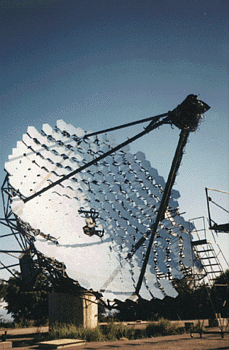
Table 3.1 GRB Instruments and their capabilities
| Mission | Degree Size Error Box | Arcmin Size Error Box | 10'' Size Error Box | Enegry Spectra for Line Searches | Optical Counterpart Counterpart | Polarization | Low-Energy Absorption |
| BATSE | 350/Year | 100/Year | |||||
| 3rd IPN | 50/Year | 50/Year | 1/Year | ||||
| GROSCE | 10/Year mV=8 | ||||||
| GTOTE | 18/Year mV=12 | ||||||
| ETA | 10/Year mV=10 | ||||||
| TGRS | 25/Year | ||||||
| HETE | 25/Year | 25/Year | 25/Year | ||||
| CATSAT | 100/year | 30/Year | 6/Year | 12/Year |
3.5 TeV TELESCOPES
At energies above 100 GeV, observations are conducted with ground-based
gamma-ray telescopes. By observing the Cherenkov light from air showers
produced by gamma-rays interacting in the upper atmosphere, it is possible
to detect discrete sources of gamma-rays with great sensitivity. The detectors
are simple, inexpensive and well-understood. There are now at least five
well-established TeV gamma-ray sources (three of them pulsar/plerions and
two of them AGNs). The technique is also sensitive for time-variation (burst
and pulsar) searches. In the past decade ground-based gamma-ray astronomy
has become a viable discipline and an important complement to observations
from orbiting gamma-ray telescopes. The Atmospheric Cherenkov Imaging Technique
(ACIT) is the most effective method of detecting sources of gamma rays
with energy > 200 GeV. It was developed at the Smithsonian's Whipple
Observatory by a collaboration of U.S., Irish, and British institutions.
The ACIT has now been adopted by most of the ground-based gamma-ray observatories
overseas. The Whipple telescope is a 10m optical reflector (figure 4.3)
with a 109 pixel camera. Recently, a second reflector and camera have come
on-line to provide a stereo imaging system. The flux sensitivity (5 sigma
level) at an energy threshold of 300 GeV is 8x10-12 photons-cm2-s1 for
an exposure time of 50 hours. There are more than ten "second-generation"
ground-based gamma-ray observatories in operation or under construction.
There is one collaboration active in the United States and there are major
groups in Germany, France, the U.K., the former U.S.S.R., India, Japan,
South Africa, and Australia. In addition, the Milagro instrument is coming
on-line. It is an underwater Cherenkov telescope that has the distinct
feature of a large field-of-view in the TeV range. Ground-based telescopes
improve continuously in small increments; there is no technical barrier
to further increases in both flux sensitivity and reduced energy threshold.
In principle, a telescope can be built with an energy threshold as low
as 10 GeV.

Figure 3.3 - The Whipple Observatory 10m detector. Ground-based gamma-ray telescopes are an important complement to satellites operating at lower energies.
3.6 LONG-DURATION BALLOON PROGRAM FOR HIGH-ENERGY ASTROPHYSICS
Since the 1960's numerous U.S. and foreign X-ray and gamma-ray astronomy groups have conducted balloon-borne astronomy experiments to study celestial sources as well as to verify satellite instrument concepts. The latter use of balloons, has been particularly important in the proof-of-concept for the CGRO instruments. Balloon instruments have also produced many scientific results. For example, the pulsating X-ray binary source GX 1+4 and the 511 keV annihilation line, both in the galactic center region, were discovered on balloon flights conducted in the Southern Hemisphere.